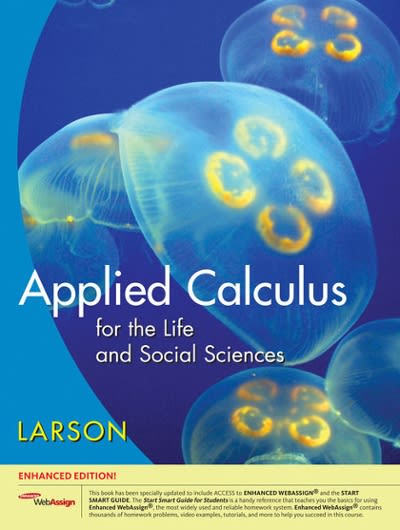Answered step by step
Verified Expert Solution
Question
1 Approved Answer
What if, instead of 22 cm, they used your foot length as the cut-off? Determine the probabilities of mistakenly identifying a footprint in that case.
What if, instead of 22 cm, they used your foot length as the cut-off? Determine the probabilities of mistakenly identifying a footprint in that case.
- Sketch the two normal curves on the same axis by hand, and label them (the curves and the axis) clearly. Measure your foot length in centimeters and plot that value on your sketch. Label the two areas corresponding to the probabilities you compute below. Insert the graphic into your post (not an attachment). If you need help inserting an image, see Instructure'sHow do I embed an image in a discussion reply as a student?(Links to an external site.)
- Compute the probability of mistakenly identifying a man's footprint using your foot length as the cut-off. In other words, find the probability of obtaining a footprint of your length or shorter, using the mean and standard deviation for men. Label this probability on your drawing. Include the calculator commands you used to compute the probability.
- Compute the probability of mistakenly identifying a woman's footprint using your foot length as the cut-off. In other words, find the probability of obtaining a footprint of your length or longer, using the mean and standard deviation for women. Label this probability on your drawing. Include the calculator commands you used to compute the probability.
- Suppose you want to decrease the probability of mistakenly identifying a footprint. Choose whether you want to lower the probability of misidentifying a man's footprint as a woman's or misidentifying a woman's footprint as a man's. Choose a probability that is smaller than the probability you computed and determine the cut-off value that would satisfy your new probability. Hint: You need to find a data value from a given percent.Include the calculator commands you used to compute the cut-off value.
- Your new cut-off resulted in a smaller probability of making one type of mis-identification. Compute the probability of making the other type of mis-identification using the new cut-off. Include the calculator commands you used. Notice that this probability got bigger than it was before. This makes sense since moving the cut-off closer to the mean for men will decrease the probability of mistaking a woman's footprint as a man's, while moving the cut-off closer to the mean for women will decrease the probability of mistaking a man's footprint as a woman's.
I have already completed questions 1-3, I just need help with 4&5.

Step by Step Solution
There are 3 Steps involved in it
Step: 1

Get Instant Access to Expert-Tailored Solutions
See step-by-step solutions with expert insights and AI powered tools for academic success
Step: 2

Step: 3

Ace Your Homework with AI
Get the answers you need in no time with our AI-driven, step-by-step assistance
Get Started


